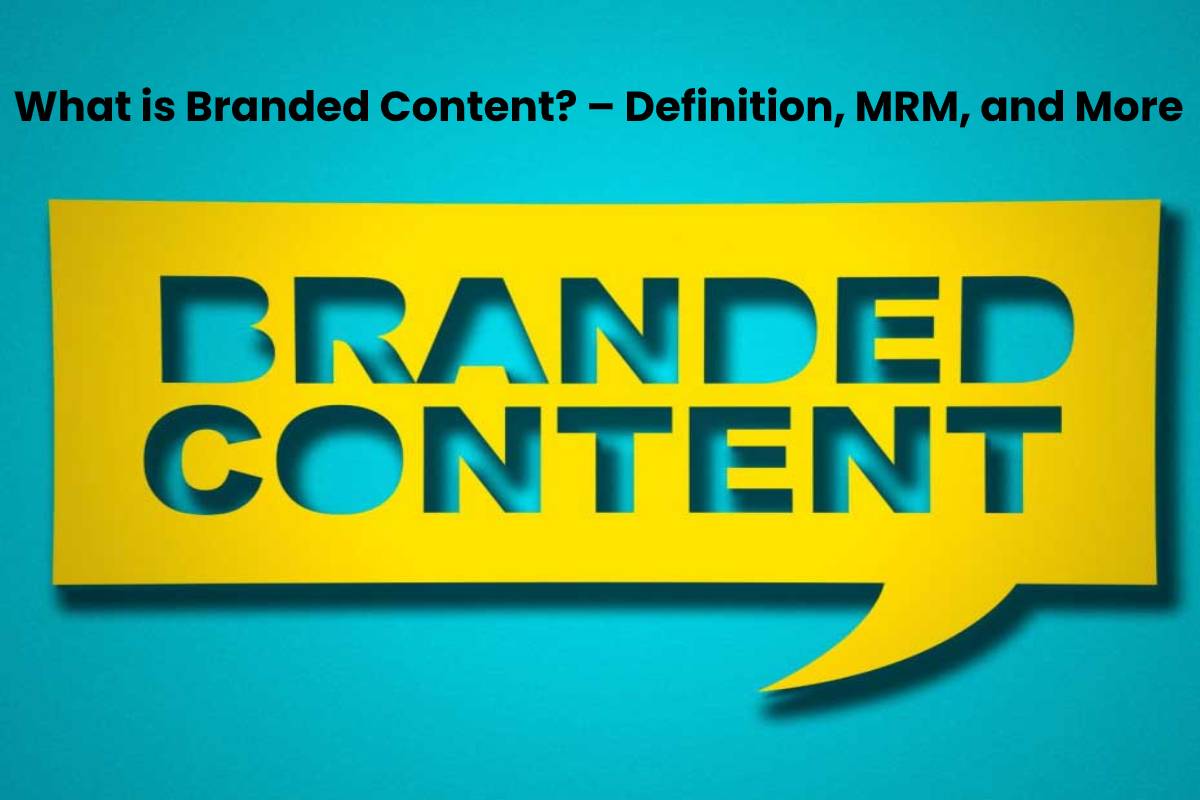Branded Content Definition
Branded content refers to all content produced by a brand. While the purpose remains marketing, the content created in this context takes various forms.
In the form of books, comics, documentaries, or video games, the content that refers to as “branded content” often has little to do with the product that they want to advertise.
Branded content makes it possible to confirm a real brand identity. At first, the point is not to sell a product, but to get an audience to bind themselves to the brand.
Branded content shows less interest in the product, but more in a topic in general. For example, when building cribs, a brand content strategy based on child safety and well-being based on the real concern of the parents.
By sharing their values, a brand works to ensure compliance and loyalty from its potential customers and prospects.
Marketing Resource Management and Branded Content
- Marketing Resource Management (MRM) refers to both a way of organizing the company’s marketing and some technical solutions that are necessary for the development of branded content.
- An MRM approach is fleshed out while implementing a brand content creation process by nofollowing a strategy known as the Single Source of Truth. A basic approach to creating a content ecosystem.
- When creating branded content on a variety of media and media, it is possible to maintain a recognizable visual identity.
- One of the advantages of the MRM is that it allows you to adapt your brand content to the local level while maintaining the code of the brand, primarily through a template system.
What does the sponsor see?
The gentle side is what happens to the sponsor because he gets to see the post in his insights (statistics).
Under the heading “Brand Content,” he not only learns that he mentioned as a sponsor but also gets an insight into the statistics of the post.
Correctly, he sees:
- Post time, page and post
- Reach (either organic & paid or fan & non-fan)
- Interactions and interaction rates
- Post clicks
- Ad budgets & CPM (both of the content creator and the brand page)
A real highlight can see in the screenshot: The sponsor can advertise the entry with his budget.
Depending on whether the first seller ticked the box or not (see screenshot above), this can be done with or without previously sharing the post.
To prevent tagging when there is no business relationship, brands and sponsors can intervene in the page settings. An approval process can be store under the “Branded Content” item.
Also Read: What is a Startup? – Definition, Industries, Options, and More


